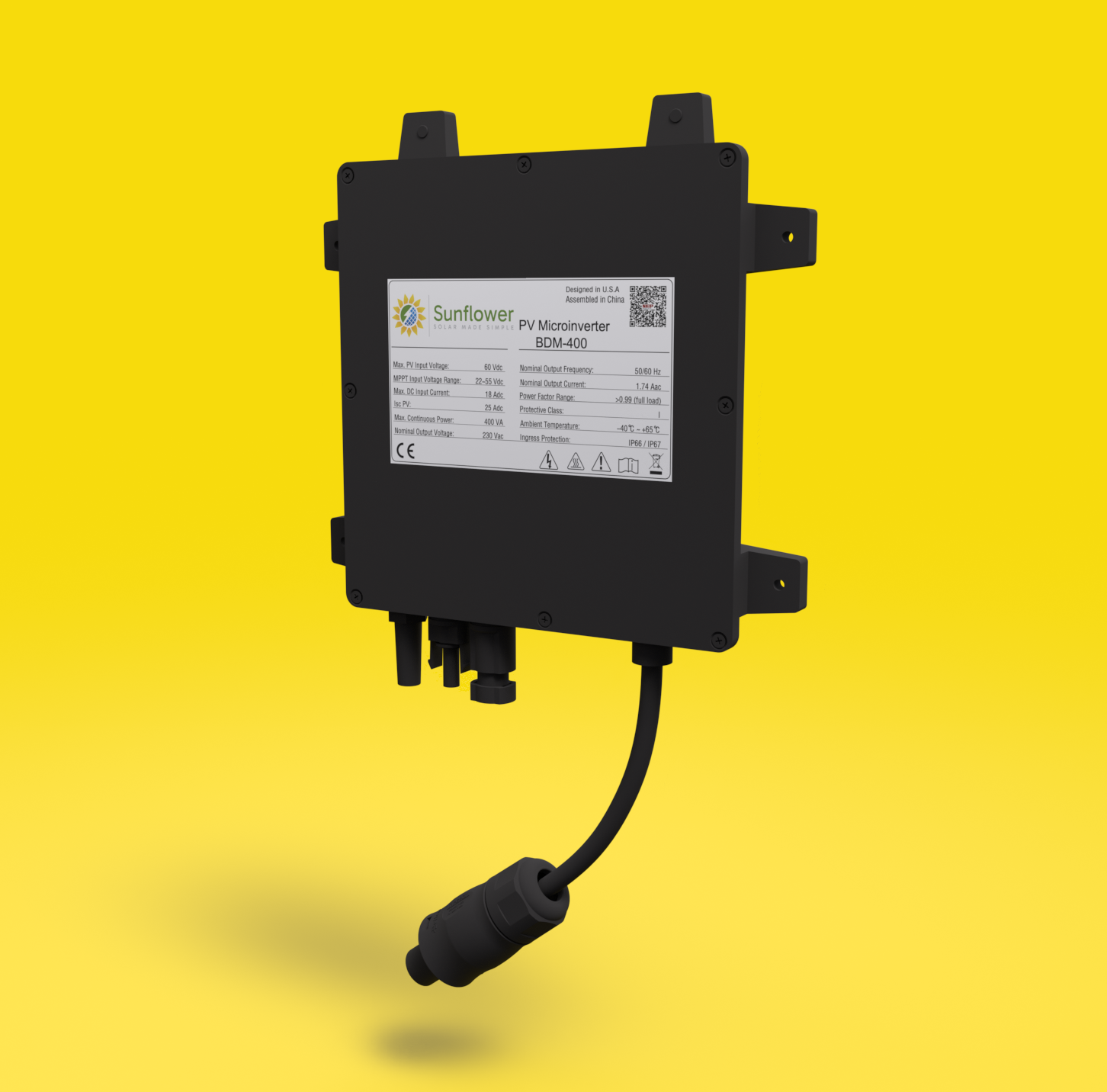A microinverter is an electronic device that connects directly to a solar panel to convert the electricity it generates into alternating current (AC) — the type of electricity used in your home or fed into the grid. Unlike traditional central inverters that manage several panels together, a microinverter operates independently with a single panel, maximizing its energy output.
How Does a Microinverter Work?
Each solar panel equipped with a microinverter generates direct current (DC) electricity. The microinverter converts this DC into AC (230V), compatible with standard household electrical systems.
Benefits of Microinverters
-
Individual optimization: Each panel operates independently, so shade, dirt, or underperformance on one panel doesn’t affect the others.
-
Better efficiency: Using MPPT (Maximum Power Point Tracking) technology, microinverters constantly adjust voltage and current to optimize energy production — even during partial shading or cloud cover.
-
Real-time monitoring: They allow detailed tracking of each panel’s performance, making maintenance and optimization easy.
-
Increased safety: Unlike central inverters, microinverters operate at lower voltage, reducing electrical risks.
Why Choose a Microinverter for Your Solar Kit?
Microinverters are ideal for plug-and-play solar systems, like our Sunflower Solar balcony kit. This technology allows every panel to perform at its best, simplifies the setup, and makes the most of small spaces. More compact than traditional inverters, microinverters are mounted directly behind each panel, keeping your indoor space free.
With a microinverter, you’ll maximize energy production and enjoy a safe, efficient solar setup — no hassle, no loss.
Go solar with confidence — choose Sunflower Solar!


Share:
How Do Plug-and-Play Solar Panels for Balconies Work?
Vincent from VinTech tests our 440W Plug & Play Solar Kit – Discover his full review!